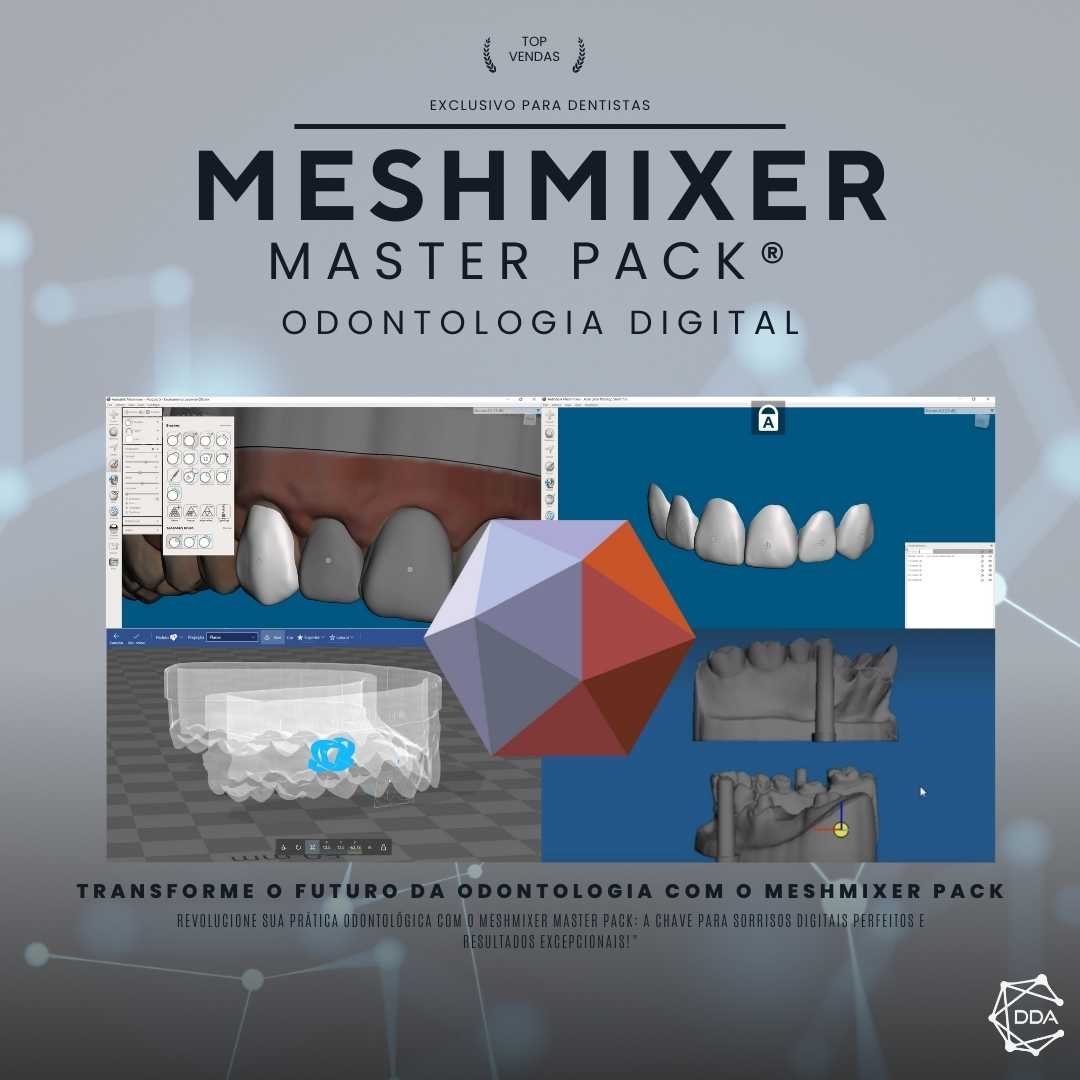What is Digital Histology?
Digital Histology is a branch of medicine that uses digital technology to analyze and interpret biological tissue samples. This technique allows pathologists to examine digitized histological slides on a computer, rather than using conventional microscopes. Digitizing histological slides allows pathologists to view samples in high resolution, perform quantitative analyses, and easily share results with other healthcare professionals.
How does Digital Histology work?
Digital Histology involves several steps for digitizing and analyzing histological slides. First, the slides are digitized using high-resolution scanners, which capture high-definition images. These images are then stored digitally and can be accessed through specialized software. Pathologists can then view the images on a computer monitor and perform detailed analyses, such as measuring areas, counting cells, and identifying specific features.
Benefits of Digital Histology
Digital histology offers several benefits compared to conventional histology. First, digitizing slides allows pathologists to access tissue samples remotely, eliminating the need for physical transport of slides. This is especially useful in consultations and collaborations between different healthcare institutions. Furthermore, digitizing slides allows pathologists to perform more accurate quantitative analyses, thanks to the ability to zoom in and measure specific areas of digital images.
Applications of Digital Histology
Digital histology has a wide range of applications in medicine. One of the main applications is disease diagnosis. Pathologists can use digital histology to examine tissue samples and identify specific features that aid in the diagnosis of diseases such as cancer, inflammatory diseases, and infectious diseases. Digital histology is also used in scientific research, allowing researchers to analyze large sets of histological data more efficiently and accurately.
Challenges of Digital Histology
While digital histology offers many benefits, it also presents some challenges. One of the main challenges is the need for specialized equipment, such as high-resolution scanners and image storage systems. This equipment can be expensive and requires regular maintenance. Furthermore, digitizing histology slides can be time-consuming, especially when dealing with large volumes of samples. It's also important to ensure the security and privacy of digital data to protect patient confidentiality.
The Future of Digital Histology
Digital Histology is constantly evolving and promises significant advances in the future. New technologies are being developed to improve the quality of digital images and facilitate the analysis and interpretation of tissue samples. Furthermore, the integration of Digital Histology with other technologies, such as artificial intelligence and machine learning, can lead to more accurate and efficient diagnoses. Collaboration between pathologists and software engineers is also essential to driving innovation in Digital Histology.
Conclusion
Digital Histology is a growing field in medicine that uses digital technology to analyze and interpret biological tissue samples. This technique offers significant benefits in terms of remote access to samples, more accurate quantitative analyses, and sharing of results. However, it also presents challenges related to specialized equipment and data security. The future of Digital Histology promises exciting advances, with the development of new technologies and integration with other fields, such as artificial intelligence.


